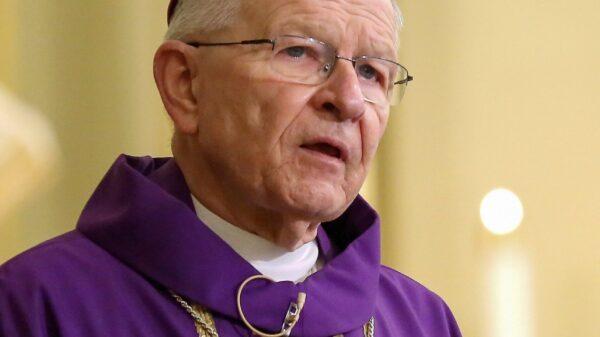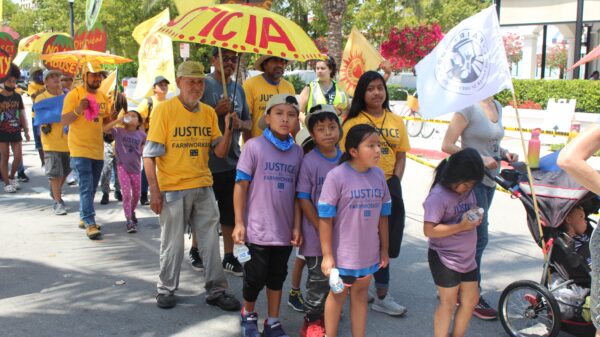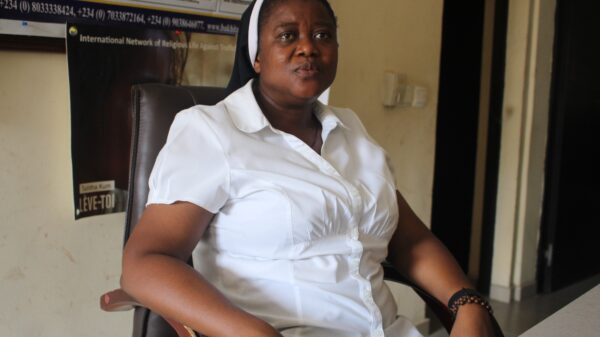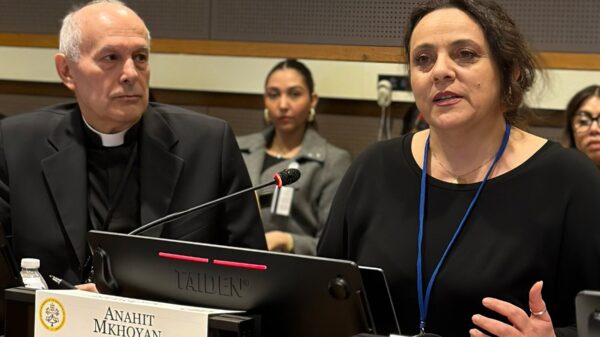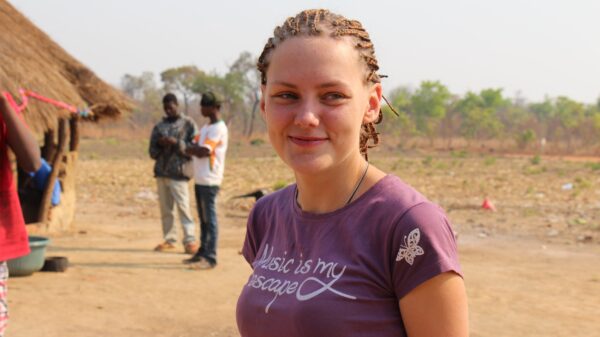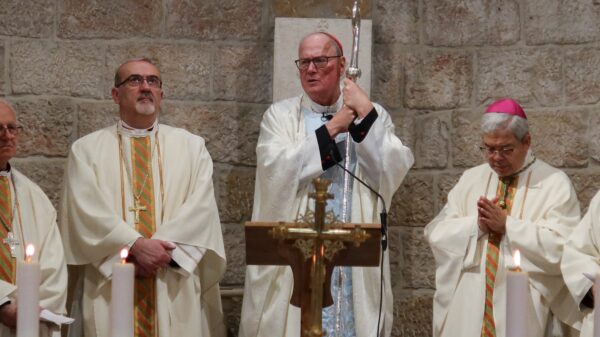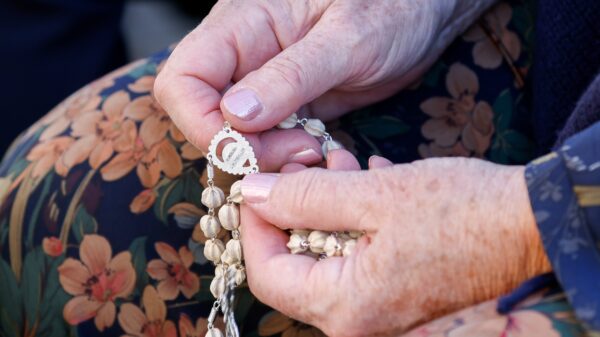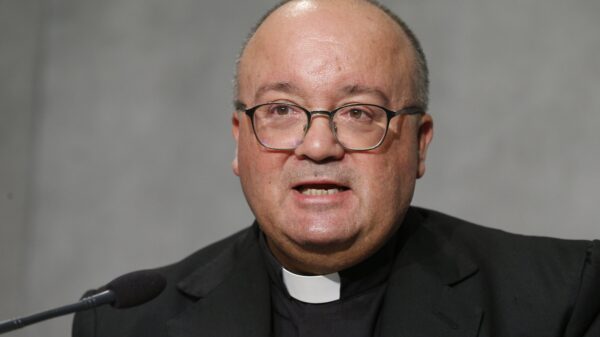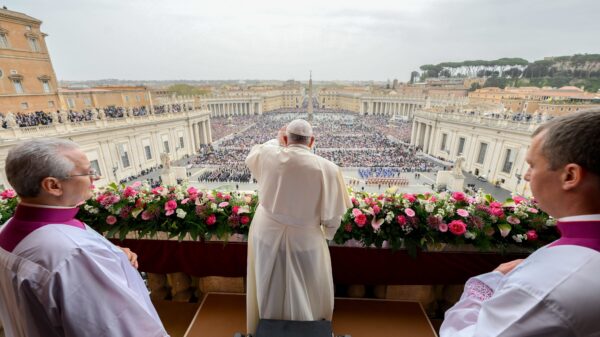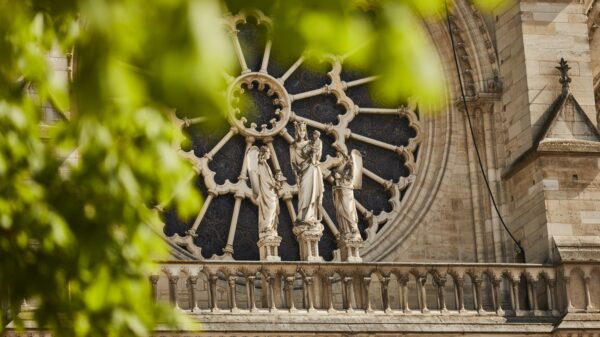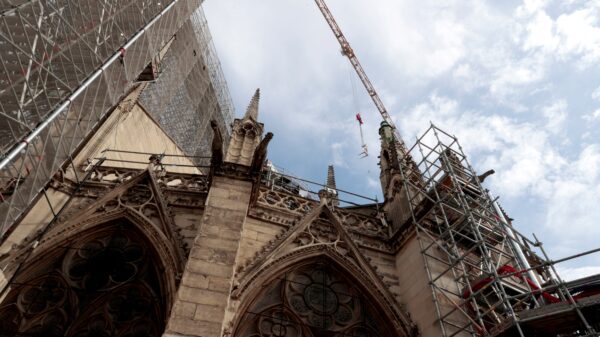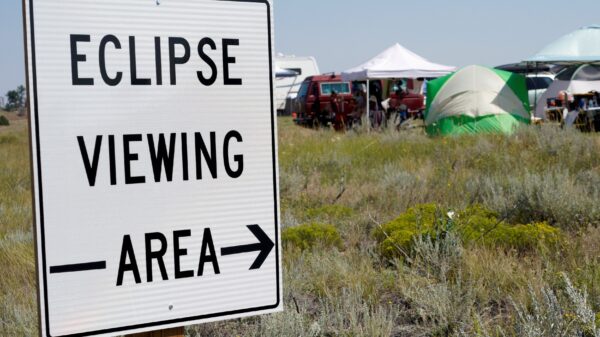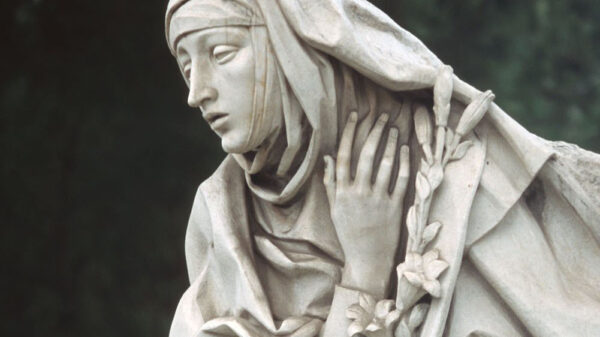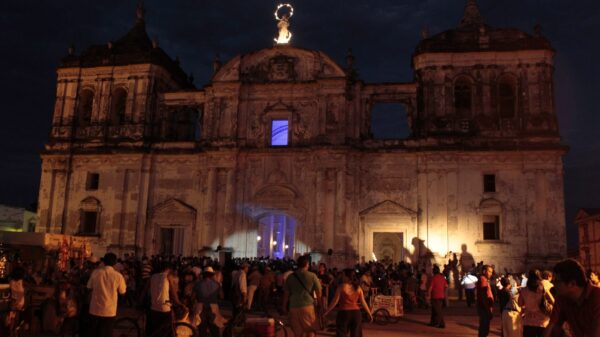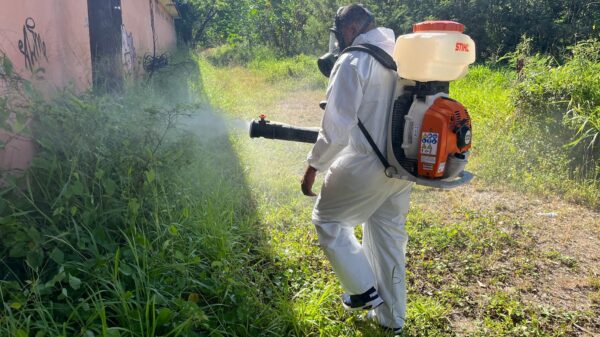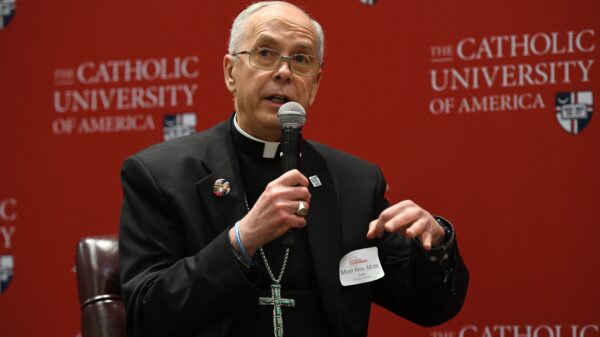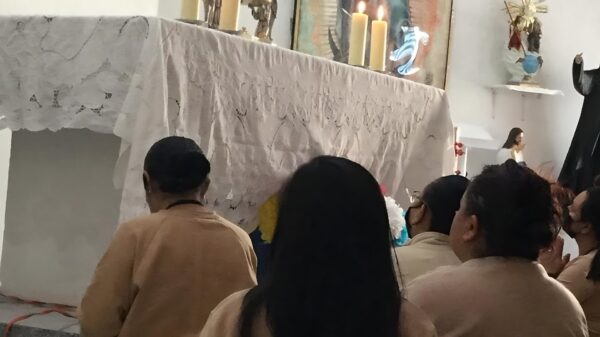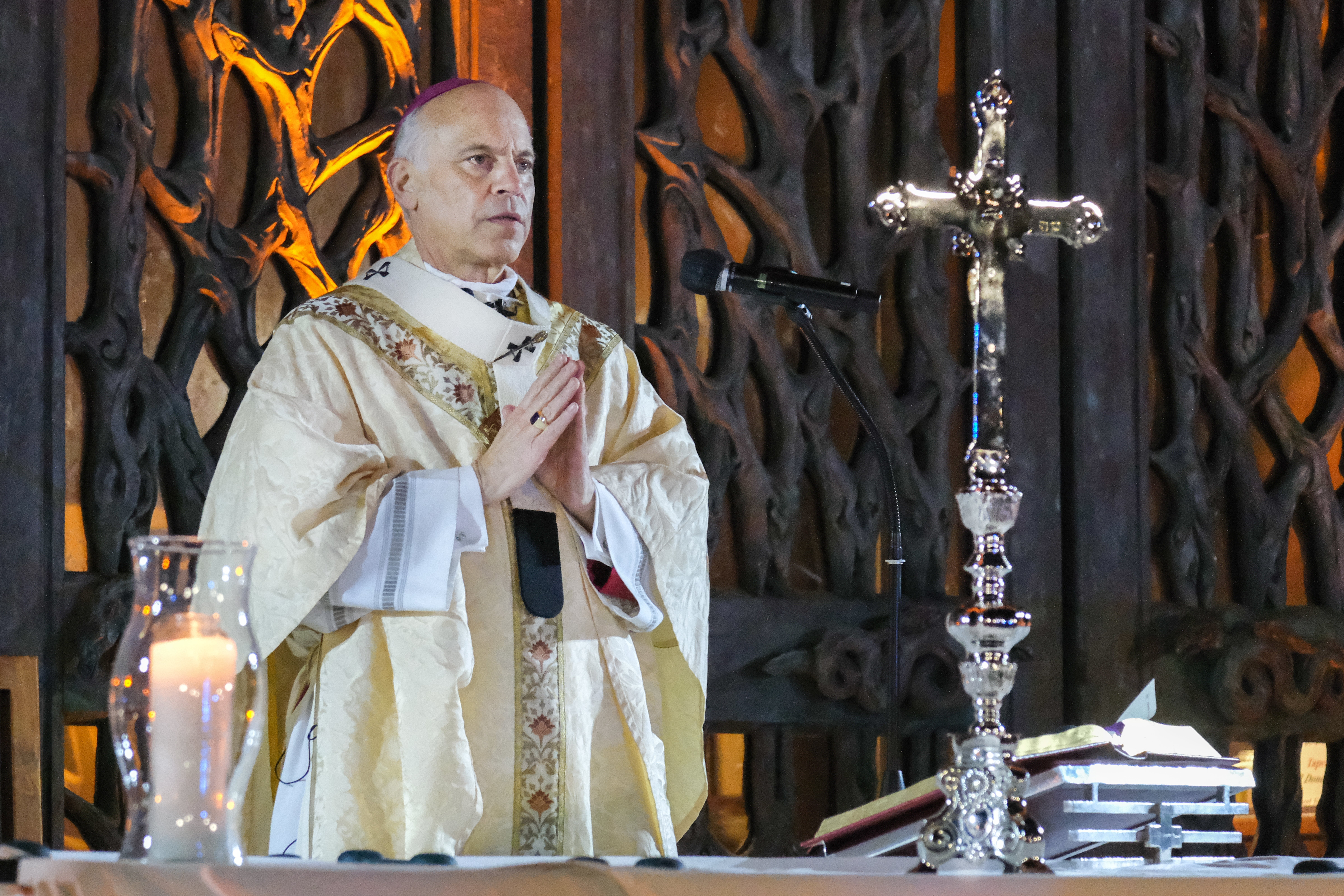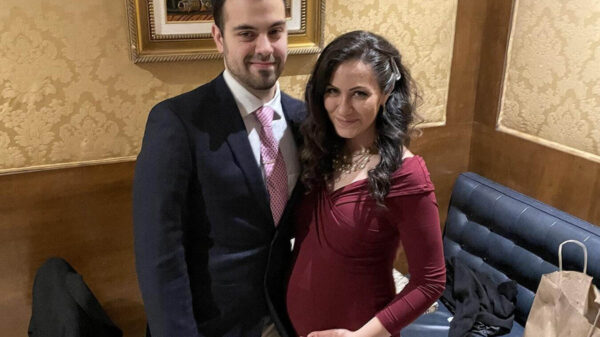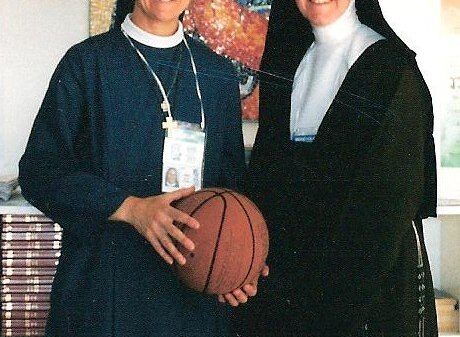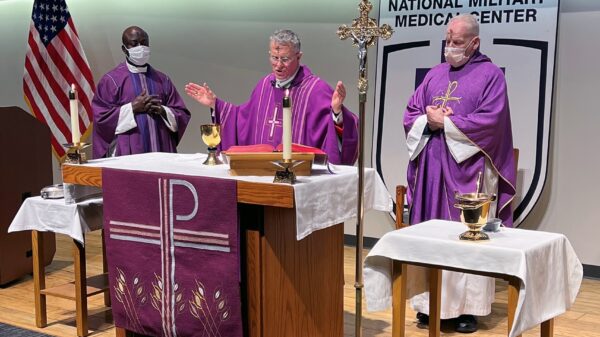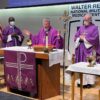(OSV News) — For Indigenous families seeking answers about the relatives in residential schools who never came home, an archaeological team has found “no conclusive evidence of human remains” at a former residential school site in Canada, but the results “take nothing away” from the painful experiences of former students, said an Indigenous leader.
In an Aug. 18 video statement on Facebook, Chief Derek Nepinak of the Minegoziibe Anishinabe (formerly Pine Creek First Nation) announced the conclusion of a four-week excavation in the basement of Our Lady of Seven Sorrows Church in Camperville, Manitoba.
The 14 anomalies detected by ground-penetrating radar, or GPR, yielded animal bones and debris from a fire, but not human remains, Nepinak explained.
However, “the results … should not be deemed as conclusive of other ongoing searches and efforts” at other residential school sites, said Nepinak in his video statement.
Our Lady of Seven Sorrows is located at the site of the former Pine Creek Residential School, which opened in 1890 under Bishop Adélard Langevin and was variously staffed by the Oblates of Mary Immaculate, the Franciscan Missionaries of Mary, the Order of St. Benedict and the Missionary Oblate Sisters of the Sacred Heart and of Mary Immaculate.
Canada’s National Center for Truth and Reconciliation recorded the deaths of 21 students at the school, with survivors describing abuses taking place in the church’s basement.
The search to locate the missing remains of students who never returned from the school was launched in May 2022, with the Canadian-based firm AltoMaxx combing some 160 acres using GPR-equipped drones and pushcarts. Following the GPR scan — a process that measures changes in the electromagnetic properties of ground area — a team from Brandon University in Brandon, Manitoba, started the excavation July 24, after a sunrise ceremony with Minegoziibe Anishinabe prayers, songs and reflections, said Nepinak in his video message.
Similarly, a ceremony with a sacred fire, drumming and remarks by community elders had preceded the start of the GPR search in May 2022, which Nepinak at the time called a “difficult … but necessary” task undertaken based on survivor and family accounts of abuses at the school.
Speaking to the Canadian Broadcasting Company in May 2022, Minegoziibe Anishinabe member Jennifer Rocchio said her great-uncle Thomas had not returned home from the school, having died there at age 11 after being left untreated for injuries in an altercation. The family hoped to be able to locate his remains, she told the CBC.
A number of Canada’s First Nations have undertaken GPR searches of former residential schools, following the May 2021 GPR-based discovery of 215 potential graves at the former Kamloops Indian Residential School in British Columbia. The investigations are part of a broader effort by both Canada and the Catholic Church to reckon with the schools’ troubled legacy.
Established in both the U.S. and Canada, the residential schools were part of U.S. and Canadian government strategies to forcibly assimilate Indigenous peoples into the dominant European cultural identity by separating children at an early age from their parents, families and communities — including those that had been Christian for some time — and depriving them of their own languages, cultures and identities.
Both North American governments secured the participation of Catholic Church leaders and religious orders, causing them to abandon a previous model of missionaries integrating into Indigenous communities, sharing the faith through their culture and providing education locally. The residential school system ended up severely damaging the familial and social fabric of Indigenous nations, and saw thousands of students physically, mentally and sexually abused.
In July 2022, Pope Francis made a penitential pilgrimage to Canada, during which the pope formally apologized for the church’s role in that nation’s residential school system. The pontiff echoed his predecessor St. John Paul II’s 1984 denunciation in Canada of the church’s involvement in colonialism as incompatible with the Gospel. The saint affirmed the importance of the “revival of Indian culture,” particularly to the church, stating, “Christ, in the members of his Body, is himself Indian.”
Months after Pope Francis’ visit to Canada, the Vatican’s Dicasteries for Culture and Education and for Promoting Integral Human Development issued a March joint statement repudiating the “Doctrine of Discovery,” a concept first formulated to support European claims to land beyond continental Europe. The statement, which also was affirmed by the Canadian Conference of Catholic Bishops and the U.S. Conference of Catholic Bishops, said it was “only just to recognize these errors, acknowledge the terrible effects of the assimilation policies and the pain experienced by indigenous peoples, and ask for pardon.”
Yet the residential school searches have proved controversial, with some Canadians pushing back on claims that substantial numbers of unmarked graves exist at the schools despite survivor and familial testimony of student deaths.
Thomas Flanagan, professor emeritus of political science at the University of Calgary, Alberta, told the New York Post in May 2022 that the Kamloops announcement was “the biggest fake news story in Canadian history.”
In an August email to The Catholic Register, a weekly newspaper based in Toronto, retired Bishop Fred Henry of Calgary asked, “Why is the Catholic Church not asking the federal government for proof that even one residential child is actually missing in the sense that his (or) her parents didn’t know what happened to their child at the time of the child’s death?”
Kimberly Murray, appointed by the Canadian government as an independent special interlocutor for unmarked graves at residential schools, issued a report in June outlining a dozen common concerns cited by residential school survivors and Indigenous communities regarding the investigations.
Among those were access to school records and sites, the complexity of ground searches and the shortcomings of the investigation process.
Although the report stated that First Nations throughout Canada have found evidence some 2,300 children may be in unmarked residential school graves, Murray pointed to the dangers of “denialists” of residential school abuses, noting that some had illegally accessed the Kamloops site to attempt their own excavations.
Murray called such denialism “the last step in genocide.”
Archbishop Richard Smith of Edmonton, Alberta, and Archbishop Don Bolen of Regina, Saskatchewan, who have led the Catholic Church’s Indigenous reconciliation efforts in Canada, told The Catholic Register that Canada’s Catholic bishops have opted to listen rather than immediately respond to questions arising from the reconciliation process.
“We made a pledge long ago as bishops to make records available to look into the truth of things, and we are happy and very ready to help the Indigenous Peoples tell their story,” Archbishop Smith told The Catholic Register. “That is our focus right now. Let’s see this process finish. Once you have a finished process, you are in a better position to assess it overall and make whatever statements might be necessary.”
Nepinak in his Aug. 18 video statement said, “We know from our observations of the public at large that our work will feed into a denialist narrative of what happened to our families in residential school.”
“The true history is taking shape incrementally, and we recognize that this excavation is but a small piece of a much larger truth,” he said. “The results in Pine Creek are not a means to deny the truths of those who survived the residential school experience and those who did not.”
“As a community, we identified the possibility of something very tragic and difficult for our families, and we pursued the truth of it with no certainty of an outcome, with no dedicated resources and no commitment from government to help us,” said Nepinak. “We will find a pathway forward that further helps us arrive at the truths of our history. This is (by) no means conclusive of our work to find the truth of the history of our residential school here in Pine Creek.”
As of Aug. 22, OSV News was awaiting a response to its request for comment from both the Archdiocese of Winnipeg, Manitoba, and Our Lady of the Seven Sorrows Parish.
Gina Christian is a national reporter for OSV News. Follow her on X (formerly Twitter) at @GinaJesseReina. The Catholic Register staff contributed to this report.




